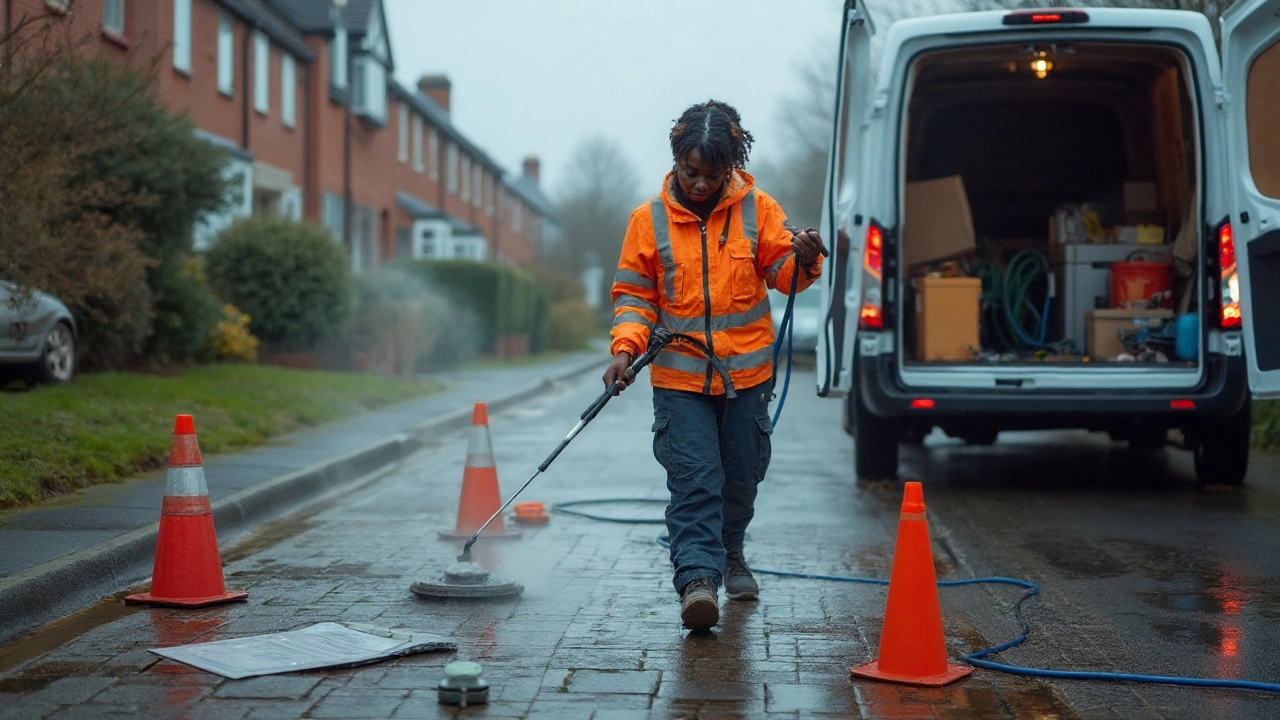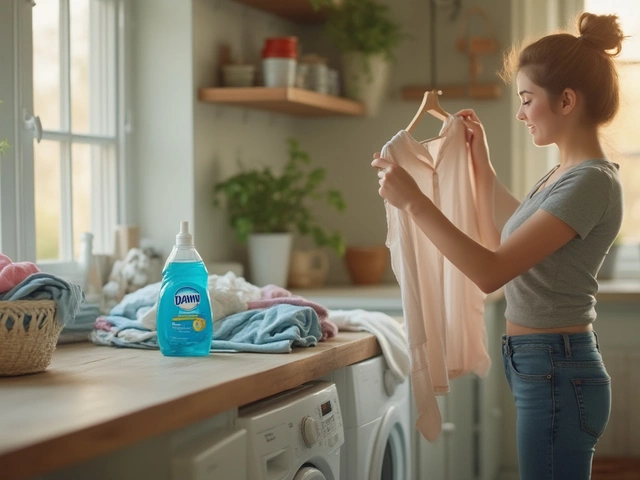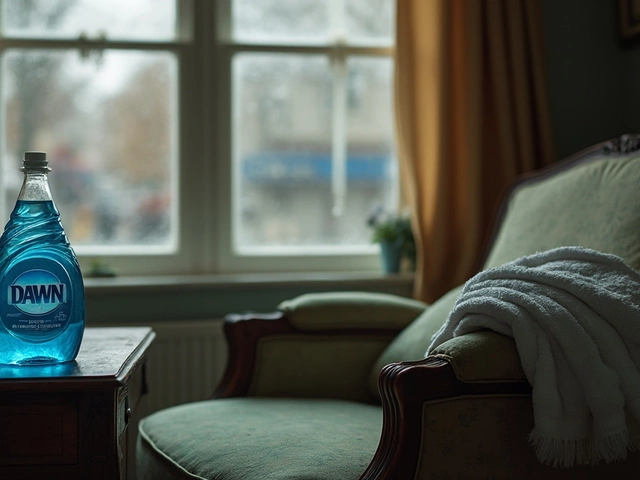Pressure Washer Equipment
When working with pressure washer equipment, the collection of machines, hoses, nozzles and accessories built to deliver high‑pressure water for deep cleaning. Also known as power washing gear, it enables homeowners and professionals to strip grime from decks, driveways, walls and industrial surfaces. Pressure washing business relies on reliable gear, while a well‑prepared pressure washing quote helps turn that gear into profit. The right equipment not only blasts away dirt but also safeguards the operator, the site and the surrounding landscape.
Key components and considerations
At its core, pressure washer equipment includes three essential parts: a high‑pressure pump, a motor (electric or gasoline) and a spray gun with interchangeable nozzles. The pump decides how many psi (pounds per square inch) you can generate, and most residential units sit between 1,500‑2,200 psi, whereas commercial rigs push 3,000‑4,500 psi. Selecting a pump that matches the job avoids over‑pressurizing delicate surfaces like painted wood. The motor’s horsepower determines how long you can run the machine without overheating; a 2‑hp engine often powers medium‑size commercial units. Nozzle size controls the water stream’s focus—narrow (0°) concentrates power for oil‑stained concrete, while wider (40°) spreads water for gentle house‑side cleaning.
Beyond the basics, safety gear such as pressure‑rated gloves, goggles and hearing protection is a must. A pressure washer can launch water at 150 mph, turning a hose into a projectile if mis‑handled. Proper training reduces the risk of surface damage; for example, keeping the nozzle at a 12‑inch distance from wood prevents splintering. Maintenance is another pillar: after each use, flushing the system with clean water, checking hose connections and lubricating the pump extend the unit’s life by up to 30 %. When you factor in these attributes, the equation looks like this: quality equipment + routine maintenance + safety protocol = reliable performance and lower long‑term costs.
These technical points tie directly into the pressure washing business model. A startup typically invests £1,500‑£3,000 in a solid entry‑level unit, then scales up with higher‑psi machines as client demand grows. Crafting a competitive pressure washing quote involves adding up equipment depreciation, water usage, travel time and labour, then applying a margin that reflects market rates. Accurate quoting not only builds trust with homeowners and commercial clients but also ensures the business stays profitable without undercutting the value of the gear. Many entrepreneurs overlook the hidden costs of fuel for gas‑powered units and the wear on hoses, which can add up to 15 % of the total expense.
Now that you understand the main parts, safety habits and business implications, you’re ready to dive deeper. Below you’ll find articles that walk through DIY cleaning formulas, profit calculations, quote templates and alternative methods that complement or even replace traditional pressure washing. Whether you’re polishing a kitchen oven, tackling stubborn window grime or launching a new cleaning venture, the content ahead connects the dots between the equipment you choose and the results you deliver.





